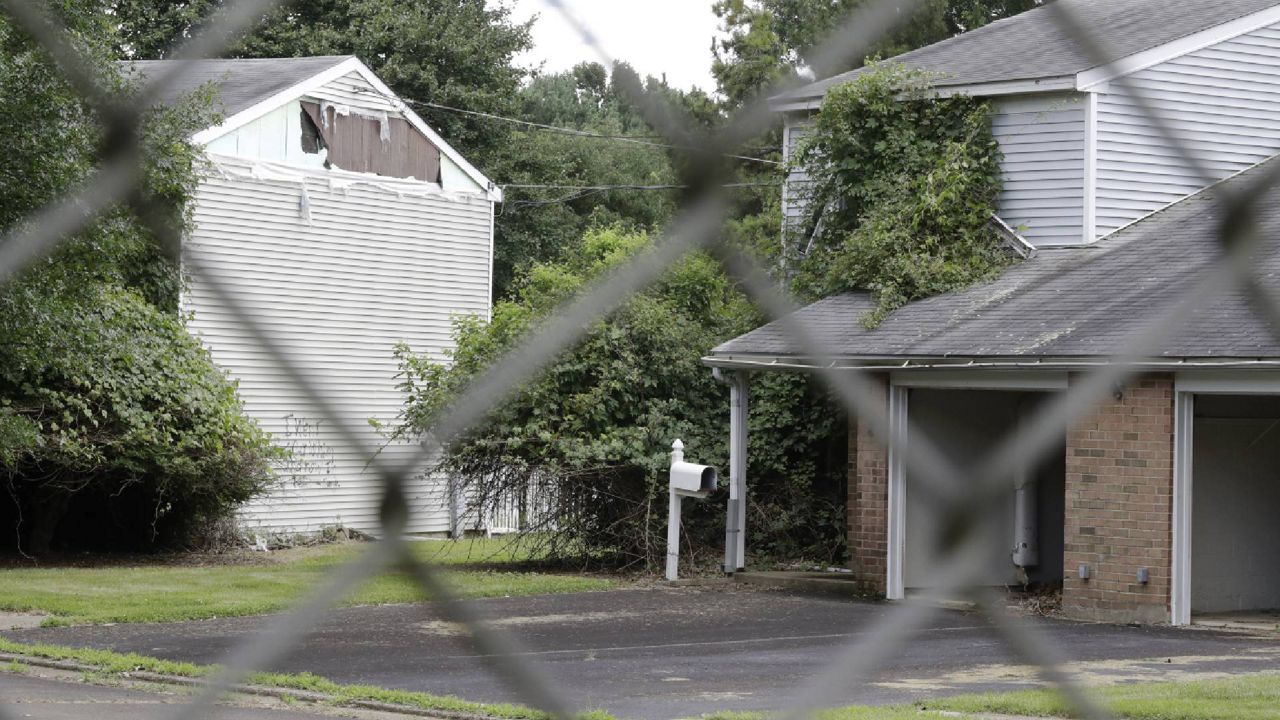The watchdog for both the Environmental Protection Agency and Pentagon on Thursday testified that the EPA may lack the capacity to properly mitigate widespread contamination of the group known as “forever chemicals” at hundreds of military bases around the country, posing health risks to service members and their families.
At a hearing before the Senate’s homeland security committee, Inspector General Sean O’Donnell — who also temporarily conducts oversight of the Department of Defense — told lawmakers his office found that the EPA “lacks the tools and resources necessary” to evaluate and address the risk of PFAS chemicals, which make up the firefighting foam often used on military installations.
The DOD is currently reviewing nearly 700 military sites around the country where PFAS may have been used. The health conditions associated with exposure to the chemicals are an increased risk of cancer, liver damage and harm to reproduction and thyroid function.
Defense officials also faced tough, bipartisan questions on Thursday about the Pentagon’s lack of a comprehensive plan to address PFAS exposure for service members, most commonly in drinking water, after a watchdog report earlier this year found DOD waited five years to act after identifying the chemicals as a serious risk.
“Residents in each of these affected communities are asking us to help protect their health, their loved ones and their water,” said committee chair Sen. Gary Peters, D-Mich., on Thursday.
“The Department of Defense has also been reluctant to accept responsibility for their role in contributing to the PFAS contamination crisis and have been slow to take vital action that would help limit further exposure to these very dangerous substances,” he added.
Most Americans have been exposed to the “forever chemicals” through their drinking water since they do not break down over time, but the levels are especially concentrated around some military communities.
A major contributor is the Aqueous Film Forming Foam (AFFF) used to fight fuel fires, putting military firefighters at a heightened risk.
The DOD has made some changes to mitigate harm, including beginning blood testing for firefighters and working to identify exposed communities. But the watchdog report found the department lacked a comprehensive plan, including actions to identify the several other possible sources of PFAS on bases besides AFFF.
Senators on Thursday heard from the Pentagon official in charge of the environment, who said the department has invested $1.5 billion to date in PFAS efforts. But he also blamed the EPA’s lack of complete studies and guidance on how to detect all 4,700 forever chemicals.
“These chemicals are ubiquitous. They are found in stain and water resistant fabrics, food packaging, cosmetics, cookware and certain firefighter foams,” said Richard Kidd, Deputy Assistant Secretary for Environment and Energy Resilience. “Based on what we know today, it will take years to define the scope of our cleanup and decades before it is complete.”
There is more than $500 million in additional funding in the 2022 defense budget for PFAS efforts, including clean-up, public reporting requirements and restrictions on the use of firefighting foam.
Some of the most contaminated bases in the United States are found in New York and California, something that Democratic senators Kirsten Gillibrand and Alex Padilla have pushed to address through legislation called the Filthy Fifty Act, which is also included in next year’s defense budget.
Senator Jacky Rosen, D-Nev., questioned federal officials Thursday about what the EPA and DOD were doing to notify the local communities surrounding military installations about possible contamination, something that is not currently required.
“The public should know if they've been exposed to or they're consuming PFAS-contaminated water,” Sen. Rosen said.
Inspector General O’Donnell responded: “That form of communication has been inconsistent and slow, such that communities are often surprised to find out that their neighborhood sites have significant pollution.”
Advocates also say the Pentagon must be more active in notifying retired firefighters or other service members who may have been exposed, some even decades ago.
“How many service members were drinking contaminated tap water? How contaminated? For how long? Have we alerted those service members about the potential effects of PFAS? If not, why not? When will we?” said Scott Faber, who oversees governmental affairs for the Environmental Working Group, at a media briefing on Wednesday.
The EPA in October released a roadmap of how the agency would lead the charge against PFAS contamination, with many benchmarks set for completion by 2023. O’Donnell on Thursday warned the roadmap would require “consistent enforcement, scientific integrity and risk communication.”










